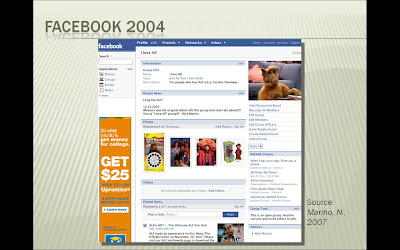It never came across my mind that I would someday start my own blog. Throughout the journey of creating the blog, I certainly have learned a lot regarding issues in publications and design. It’s very challenging doing the research about the new digital media and the high technology does not stop evolving each day. It is also interesting to learn and find out about how media bring impact to people, especially in terms of blogging.
I’ve learned that the process of creating a good document design isn’t an easy task as there are many elements and factors to put into considerations. Besides that, in terms of new media such as blogging, I think that a blogger should be careful with his or her words while writing an entry; to avoid defamation and copyright infringement as well as being aware to not offend the others.
We must always remember to cite and create a reference list when using other author’s materials from books, online journals, articles or any other website materials. By doing so, it shows that we respect and appreciate their works as well as showing other our responsibilities while using other author’s work.
New media is certainly emerging rapidly these days. To catch up or connect with the community, we need to keep ourselves updated with the new media. This is to avoid being left out of the community, as well as to keep ourselves updated with the latest trend in technology.















